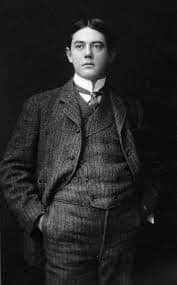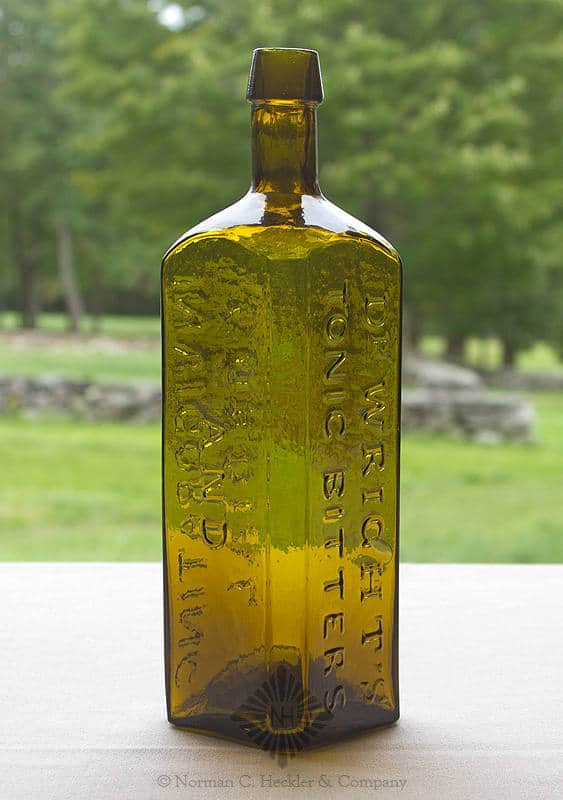Dr. Wright’s Tonic Bitters and Invigorating Cordial
05 November 2018
![]() Norman C. Heckler & Company has an exciting Dr. Wright’s Tonic Bitters and Invigorating Cordial that I have never seen before in their current Auction #170. Their write-up is as follows accompanied by their fine photographs of the bottle:
Norman C. Heckler & Company has an exciting Dr. Wright’s Tonic Bitters and Invigorating Cordial that I have never seen before in their current Auction #170. Their write-up is as follows accompanied by their fine photographs of the bottle:
Lot: 63 “Dr. Wright’s / Tonic Bitters / And / Invigorating / Cordial” Bitters Bottle, America, 1845-1860. Square with beveled corners, yellow with an olive tone, applied sloping collared mouth – iron pontil mark, ht. 10 inches. R/H #W-163.5 Extremely rare and beautiful with a pristine exterior surface. One of two known examples. Fine condition. Estimate: $6,000 – $12,000 Minimum bid: $3,000
Dr. Wright’s Tonic Bitters and Invigorating Cordial Bitters was put out by Homer (Hoemer) Wright in Pittsburgh, Pennsylvania from about 1855 to 1858. He sold his bitters in quart bottles for $1. Yes, this is early Pittsburgh glass with an iron pontil. As good as it gets. Previously an amber example was recorded. This one is yellow with an olive tone with lots of character. It is extremely rare, either color.
Dr. Homer Wright was born in Wellsville, Ohio on April 8, 1833 and was a son of Dr. Hugh Wright, an eminent physician, and Ann (Laughlin) Wright, both from Ireland. Dr. Wright came from Shippensburg, Pa., lived for a time in Wellsville, Ohio and practiced in Beaver County, Pennsylvania, and in 1845, at the time of the great fire in Pittsburgh, was practicing at No. 8 Grant Street in Pittsburgh. This was also the location for his manufactory and principle depot for his bitters and Dr. Wright’s Family Medicines.
Dr. Wrights parents had moved to Pittsburgh when he was quite young, and his education was obtained in the public schools of the old Second Ward. After leaving school he began the study of medicine under his father, but later abandoned professional ambitions and entered the manufacturing business in Pittsburgh, the center of the glass manufacturing industry in the United States
Homer Wright had a number of patents and is best known for being partners in Collins & Wright (Henry H. Collins, Benjamin F. Collins & Homer Wright). They were the purchasers of the Pittsburgh Britannia Manufacturing Company in the early 1860s, a concern established in 1838 by Orrin Newton. The company, under its new title and ownership, continued the manufacture of britannia ware, pewter buttons, and metal trimming used in the production of glass tableware, such as salt and pepper shakers. Homer Wright died in Pittsburgh on June 3, 1919.
A much more complete biographical sketch and a picture of Dr. Wright can be found below. His eldest son, James Homer Wright (1869-1928), practiced pathology in Boston from 1893 until his death in 1928. He was rather well known. His biography is also below.
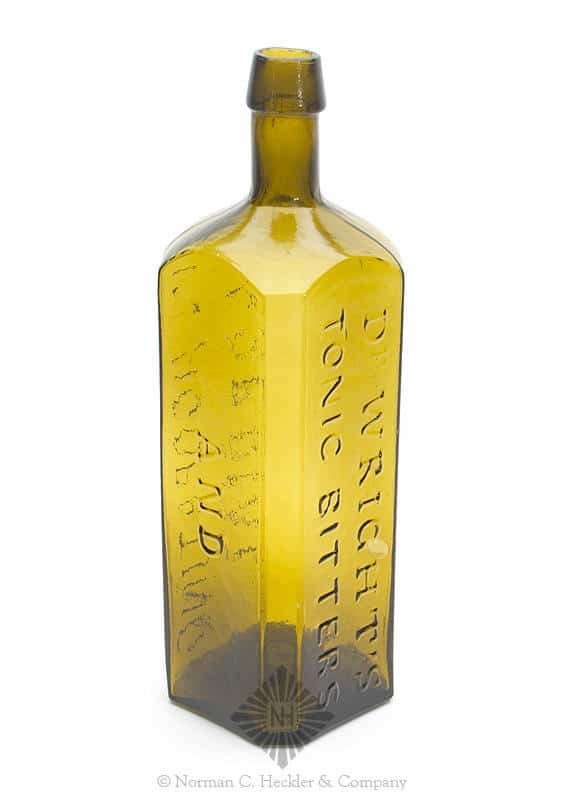
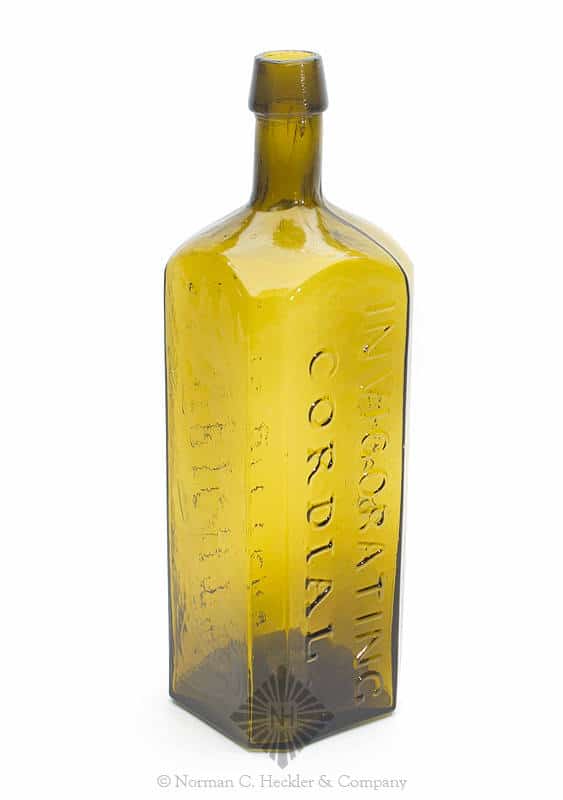
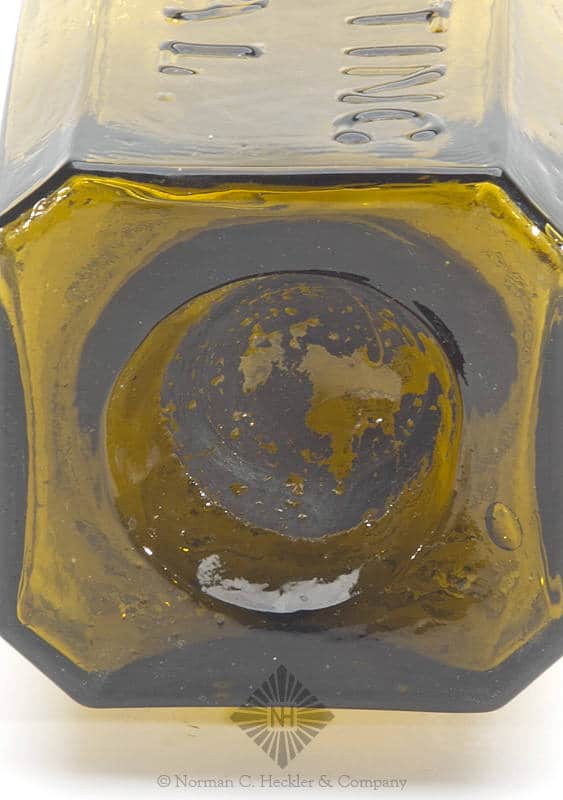
The Carlyn Ring and W.C. Ham listing in Bitters Bottles is as follows:
W 163.5 Dr. Wright’s Tonic Bitters and Invigorating Cordial
DR. WRIGHT’S TONIC BITTERS // AND // INVIGORATING // CORDIAL // f //
10 5/16 x 2 7/8
Square, Amber, Yellow with olive tone (add), LTC, Metallic pontil mark, Extremely rare
Homer Wright
History of Pittsburgh and Environs, Volume 1, American Historical Society, 1922 – Pennsylvania
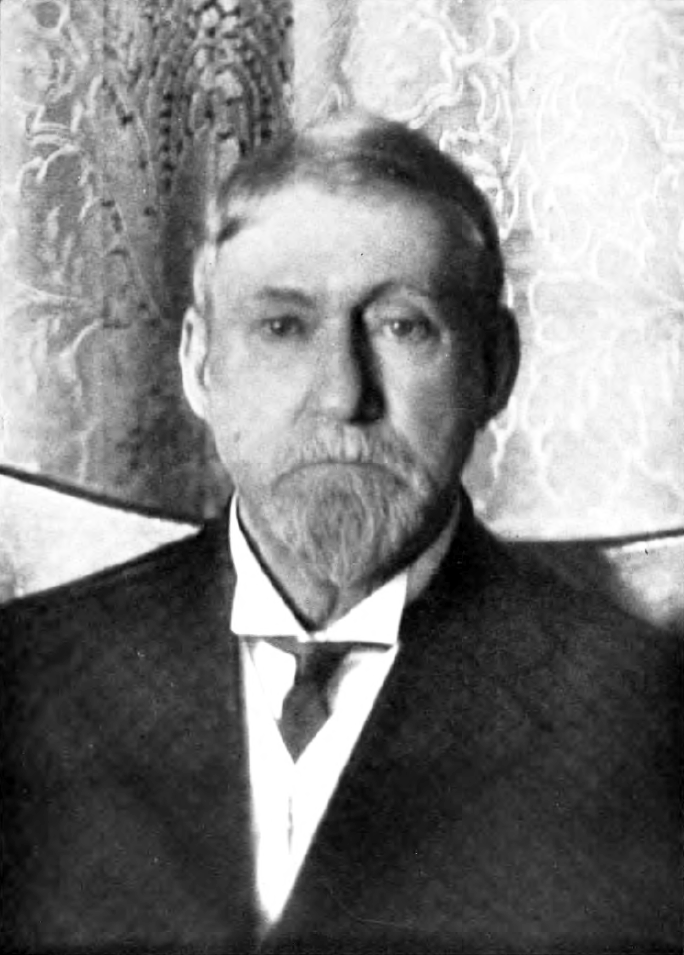
HOMER WRIGHT – A man of studious, quiet disposition, Mr. Wright’s tastes called for a professional career rather than a mercantile life, but when his course was directed in commercial lines he brought from these sources valuable result. It was his intention to follow in his father’s footsteps, his study of medicine having been begun when circumstances prevented the execution of his plans, and his long and useful life was spent as a manufacturer. Homer Wright was a son of Dr. Hugh Wright, an eminent physician, and Ann (Laughlin) Wright. Dr. Wright came from Shippensburg, Pa., lived for a time in Wellsville, Ohio, practiced in Beaver county, Pa., and in 1845, at the time of the great fire in Pittsburgh, was practicing on Grant street. Dr. Wright came to Western Pennsylvania in stage-coach days, and was a pioneer settler in some of the sections in which he lived.
Homer Wright was born in Wellsville, Ohio, April 8, 1833, and died in Pittsburgh, June 3, 1919. His parents moved to Pittsburgh when he was quite young, and his education was obtained in the public schools of the old Second Ward. After leaving school he began the study of medicine under his father, but later abandoned professional ambitions and entered manufacturing lines. In the late sixties, in association with Henry and Benjamin Collins, under the firm name of Collins & Wright, he was a purchaser of the Pittsburgh Britannia Manufacturing Company, a concern established in 1838 by Orrin Newton. This company, under its new title and ownership, continued the manufacture of britannia ware, pewter buttons, and metal trimming used in the production of glass tableware, such as salt and pepper shakers. The operations of Collins & Wright were pursued in the center of the glass manufacturing industry of the United States, and the firm prospered in exceptional degree. Their location for many years was on Second avenue, between Wood and Smithfield streets; later they moved to First avenue and Cherry way; and in 1905 occupied the factory at Fifty-fifth and Butler streets, where the business is still conducted (1921) by members of the Wright family. Homer Wright continued active and prominent in the affairs of the firm until a few years prior to his death in his eighty-seventh year, and retained a firm, keen grasp upon practical affairs long past the usual age of retirement .
There were two influences of paramount importance in Mr. Wright’s life—his business connections and his home. In the world of affairs he became known for uprightness of character and steadfast adherence to lofty principles of business conduct. He was the possessor of a memory of almost unlimited capacity, and its retentiveness and exactness were the causes of remark among his friends. He read widely in current and classical literature, and in the pursuits of home life, the companionship and love of his family, found life’s highest rewards. Mr. Wright was confirmed in St. Peter’s Episcopal Church, of Pittsburgh, but after his marriage attended and was for many year s a trustee of the Second Presbyterian Church, of Pittsburgh. A blameless life won him the heartfelt benediction of all who knew him, and until his death respect and honor were paid him and have since been accorded his memory in the same measure.
Homer Wright married, Jan. 2, 1868, Sarah Livingston Gray, who died March 11, 1894, daughter of James H. and Julia (Livingston) Gray. Children: 1. James Homer, a world renowned pathologist, for twenty-five years pathologist of the Massachusetts General Hospital of Boston, Mass.; married Aagot Lunde, of Christiana, Norway. 2. Edwin L, manager of Collins & Wright; makes his home with his sister, Mary R. Wright. 3. W. Howard, secretary of the Commercial Lithographing and Printing Company of Akron, Ohio; married Janette Williamson Swan, daughter of John Swan, a former postmaster of Allegheny, Pa., and has children: Janette Ramsey, Christine Livingston, and Virginia Swan. 4. Mary R., resides at No. 917 North Negley avenue, Pittsburgh, Pa.
Select Listings:
1833: Homer Wright was born in Wellsville, Ohio, April 8, 1833. Homer Wright was a son of Dr. Hugh Wright, an eminent physician, and Ann (Laughlin) Wright. – History of Pittsburgh and Environs, Volume 1, American Historical Society, 1922 – Pennsylvania
1845: Dr. Wright came from Shippensburg, Pa., lived for a time in Wellsville, Ohio, practiced in Beaver county, Pa., and in 1845, at the time of the great fire in Pittsburgh, was practicing on Grant street. – History of Pittsburgh and Environs, Volume 1, American Historical Society, 1922 – Pennsylvania
1850: Homer Wrights, Student, Age: 17, Birth Year: abt 1833, Birthplace: Ohio, Home in 1850: Pittsburgh Ward 2, Allegheny, Pennsylvania, USA, Household Members: Hugh Wrights 45, Ann Wrights 42, Homer Wrights 17, Eliza Wrights 14, Agnes Wrights 9, Henry Laughlin 23 – 1850 United States Federal Census
1855: Newspaper advertisement (see below): Dr. Wright’s Tonic Bitters and Invigorating Cordial – The Tennessean, Wednesday, December 19, 1855
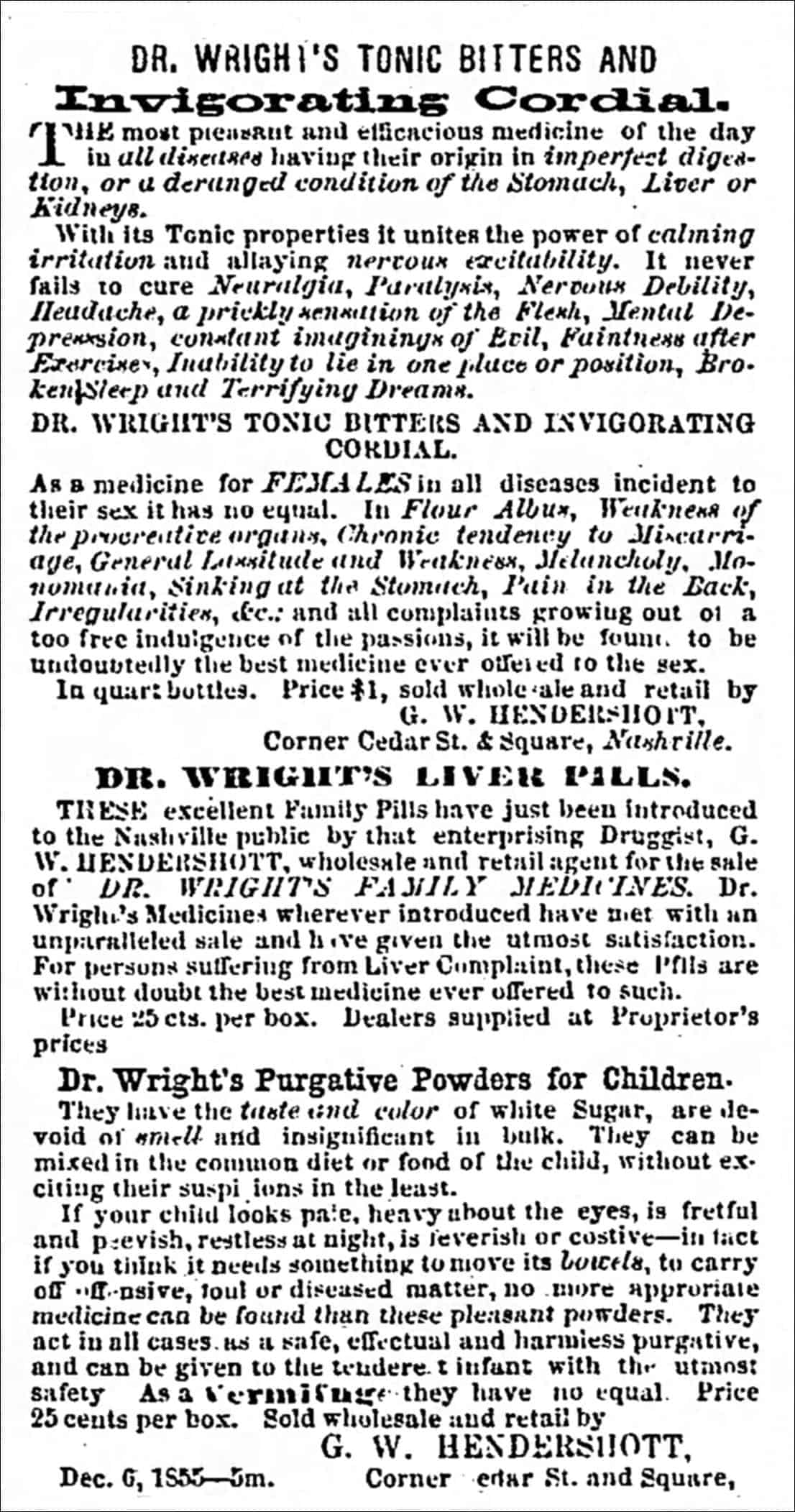
1857: Newspaper advertisement (see below): Dr. Wright’s Tonic Bitters and Invigorating Cordial, prepared only by Dr. Homer Wright, Proprietor Dr. Wright’s Family Medicines, Manufactory and Principle Depot, No. 8 Grant Street, Pittsburgh, Pennsylvania – The Wyandot Pioneer, Thursday, March 12, 1857

186o: Homer Wright, Age: 24, Birth Year: abt 1836, Gender: Male, Birth Place: Ohio, Home in 1860:, Pittsburgh Ward 2, Allegheny, Pennsylvania, Post Office: Pittsburgh, Dwelling Number: 2107, Family Number: 2703, Occupation: Student, Household Members: Name Age, Hugh Wright 56, Ann Wright 53, Homer Wright 24, Agnes Wright 18 – 1860 United States Federal Census
1863: Newspaper advertisement (see below): Collins & Wright, Britannia and Brass works, No. 139 Second Street, Pittsburgh, Pennsylvania – The Pittsburgh Gazette, Saturday, October 10, 1863
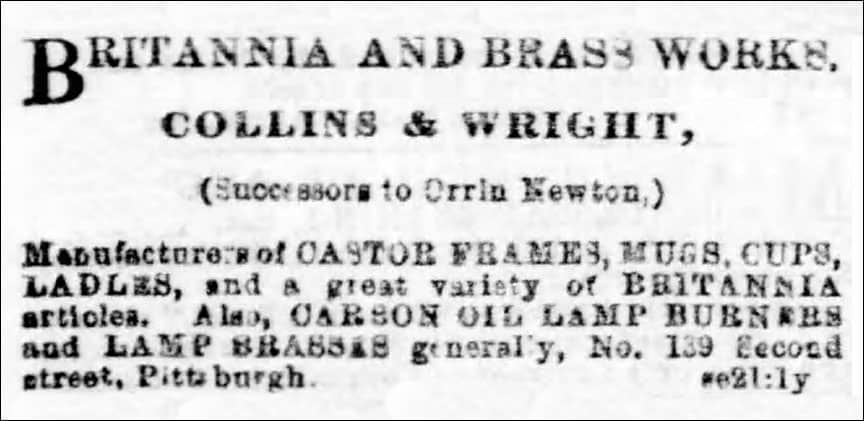
1864: Newspaper advertisement (see below): Collins & Wright, Britannia and Brass works, No. 139 Second Street, Pittsburgh, Pennsylvania – The Pittsburgh Gazette, Monday, June 6, 1864
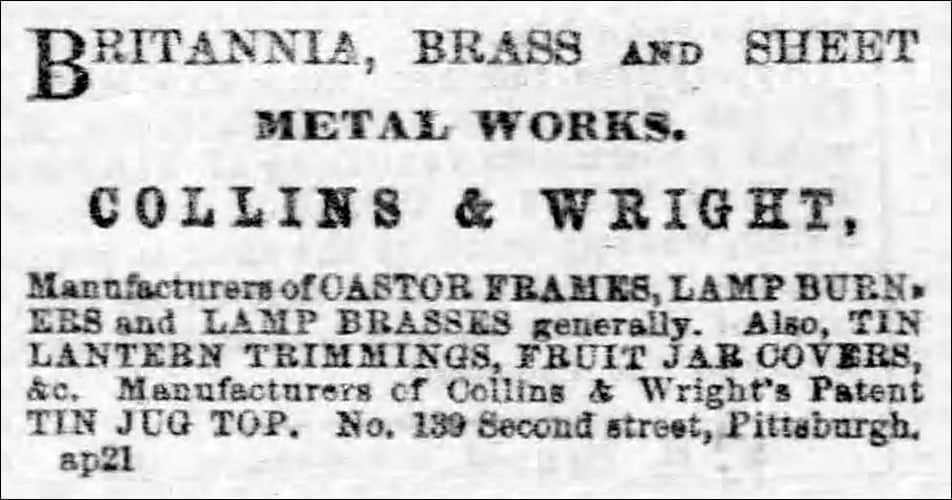
1867: Newspaper patents notice (see below): Patent for an Improved Jug Top, Homer Wright, Pittsburgh, Pa. – The Pittsburgh Daily Commercial, Saturday, October 12, 1867
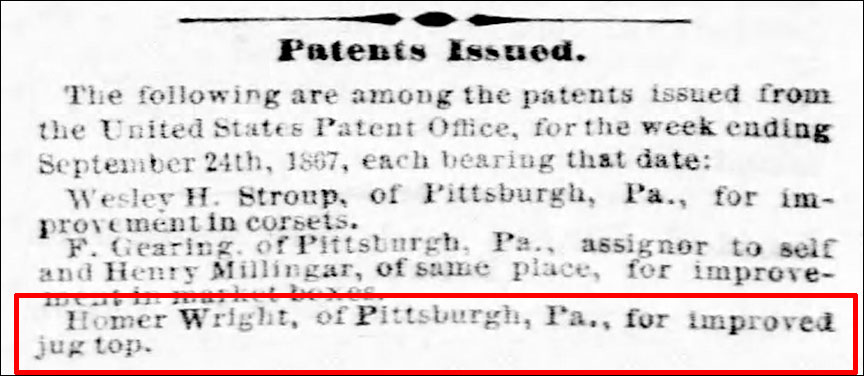
1868: Homer Wright married, Jan. 2, 1868, Sarah Livingston Gray, who died March 11, 1894, daughter of James H. and Julia (Livingston) Gray.
1869: Newspaper patent notice (see below): Patent 3637 dated October 27, 1868 for a Fruit Jar, Henry H. Collins, B.F. Collins and Homer Wright, Pittsburgh – The Pittsburgh Daily Commercial, Thursday, September 16, 1869

1869: James Homer Wright (pictured below) was born on April 8, 1869, in Pittsburgh, the oldest of five children of Homer Wright and Sara L. Gray. Dr. Wright’s father had a business that made decorative glass tableware. – James Homer Wright (1869–1928) – by Robert H. Young and Robert E. Lee
